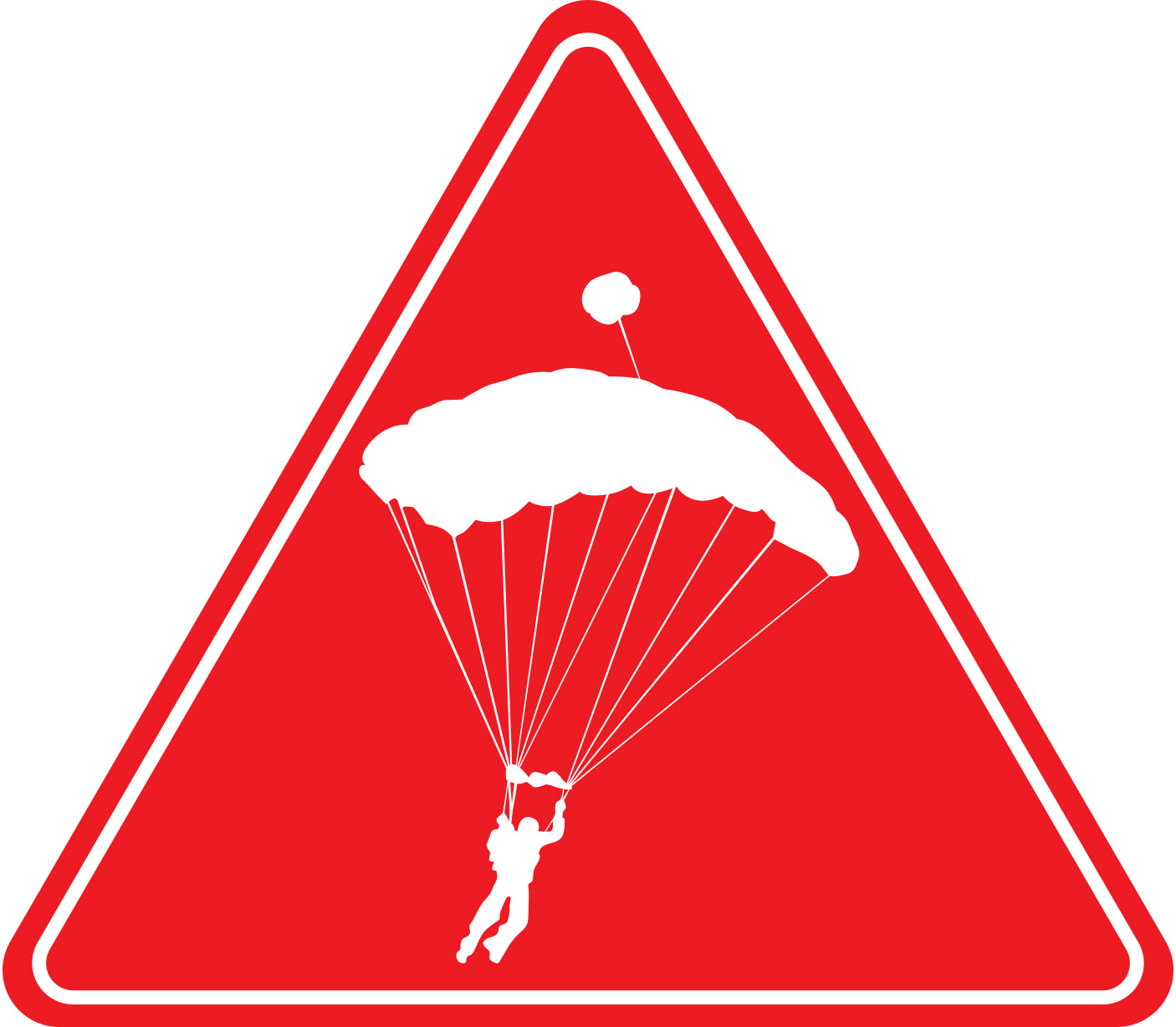Safety Management Systems and Skydiving
Above: Photo by David Cherry.
A safety management system (SMS) is a set of policies, procedures and processes that identify, assess, and control safety risks. A variety of industries, including aviation, healthcare and manufacturing, use SMS to provide a systematic approach to managing safety.
It looks like SMS may also be coming to skydiving. In 2015, the Federal Aviation Administration established SMS requirements for Part 121 airline operators, giving them less than 40 months to develop and implement their own safety programs. Earlier this year, the FAA issued a Notice of Proposed Rulemaking that would require all Part 135 certificate holders and Part 91.147 air-tour operators to implement SMS. The National Transportation Safety Board has also requested that the FAA require all revenue-generating Part 91 operators—which would include skydiving facilities—to implement SMS programs.
It may be time for parachute operators to consider adopting SMS practices, not only in anticipation of it becoming mandatory, but also because it has proven benefits. First and foremost, an SMS system can increase safety by helping to identify and mitigate potential hazards and risks such as weather, airspace, equipment, human factors, etc. This can reduce the likelihood and severity of accidents and incidents, and improve operational efficiency and customer satisfaction. Other SMS benefits include reducing costs due to repairs, legal fees and lost productivity; improving compliance with regulatory requirements and industry standards such as the Federal Aviation Regulations, the USPA Basic Safety Requirements and recommendations in the USPA Skydiver’s Information Manual; fostering a positive safety culture where everyone is committed to safety and accountable for their actions, which can increase staff morale and retention and attract more customers and business partners; and improving an organization’s reputation for safety, which can lead to increased customer confidence and market share.
The four main components of SMS are:
- Safety policy: The organization sets out its commitment to safety in a written policy that is clear, concise and communicated to everyone in the organization.
- Safety risk management: The organization identifies, assesses and controls safety risks through a variety of methods such as hazard identification and risk assessment.
- Safety assurance: The organization monitors and reviews its SMS through audits, reviews and incident investigations to ensure that it is effective.
- Safety culture: The organization creates a culture of safety—where safety is everyone’s responsibility—through training and communication.
 SMS Roles within a Parachute Operation
SMS Roles within a Parachute Operation
A safety management system defines the responsibilities of different individuals and teams. The SMS framework for a typical parachute operation should include the following roles:
- Safety Manager: The DZ operator or general manager would likely take on this role and be responsible for the overall implementation and oversight of the SMS. Working with the DZ’s Safety and Training Advisor, other managers and instructors, they identify and assess hazards, develop and implement safety controls and monitor the effectiveness of the SMS.
- Safety Committee: The safety committee—which could include the DZO, S&TA, instructors, chief pilot, riggers, packers, manifest and ground personnel—advises the safety manager on safety matters and could also be responsible for conducting safety audits and investigations.
- Safety and Training Advisor: S&TAs are responsible for the overall safety of instructors, students and other jumpers, ensuring that everyone is aware of hazards and the steps they must take to control them.
- Instructors: All employees are responsible for working safely and reporting hazards to the S&TA or safety committee.
DZs can tailor the SMS framework to their specific needs, but every framework should include clear definitions of the responsibilities of the different individuals and teams. This helps everyone understand their roles and that they are working together to prevent accidents and injuries.
Here are some specific examples of how SMS can dictate safety roles within a parachute operation:
- The DZO/safety manager would be responsible for the development of and updates to the SMS and Flight Operations Handbook, as well the implementation of a hazard-identification and risk-assessment process.
- The safety committee would be responsible for reviewing current safety procedures and implementing new procedures.
- The S&TA would be responsible for conducting training and providing safety briefings for new instructors and jumpers and for confirming that all new pilots are trained in accordance with the organization’s Flight Operations Handbook.
- Instructors, riggers and packers would be responsible for inspecting equipment before use and at preset intervals.
- The chief pilot, in addition to their responsibilities under FAA regulations, would also be responsible for training new pilots according to the organization’s Flight Operations Handbook.
SMS is an evolving discipline, and there is no one-size-fits-all approach. The specific requirements of a parachute operation’s SMS will vary depending on the size of the organization; however, the four main components—policy, risk management, assurance and culture—are essential. USPA is currently working with the FAA on a customizable SMS template for parachute operators interested in voluntarily adopting SMS. The goal is to make the transition to SMS seamless and beneficial.
Additional information on SMS for parachute operators is available by contacting USPA Director of Government Relations Michael Knight at govrelations@uspa.org.